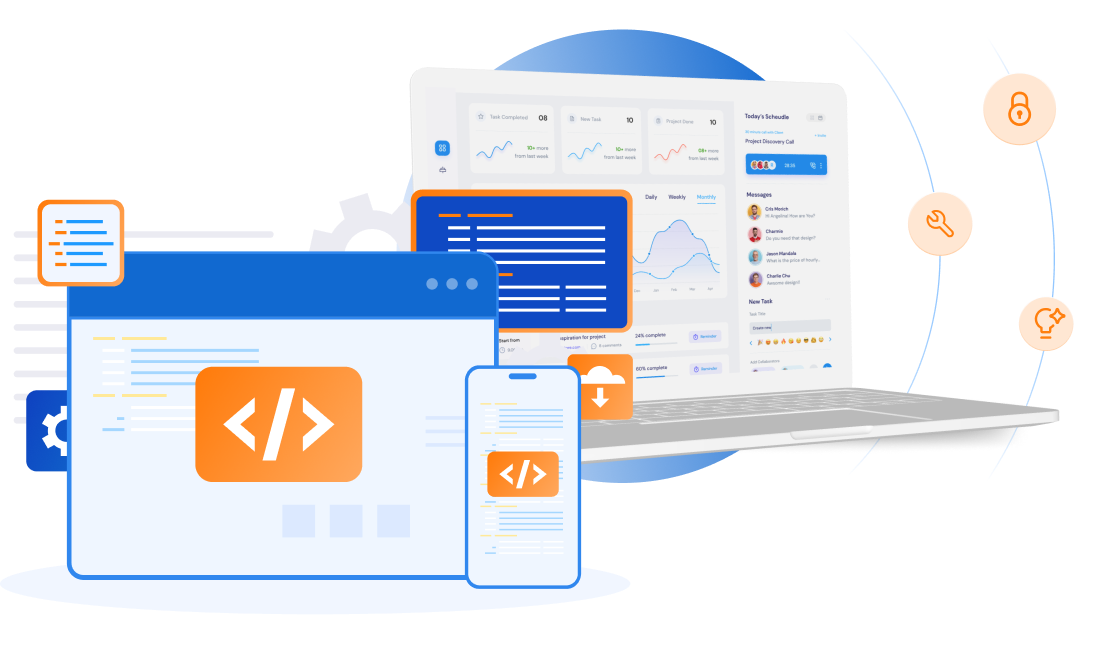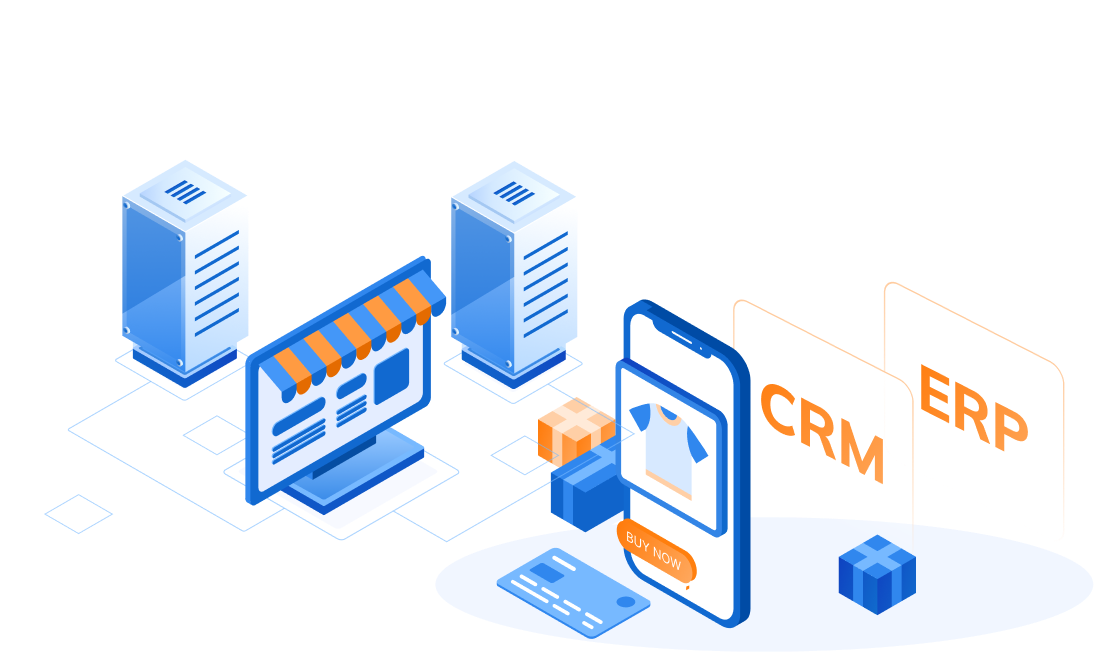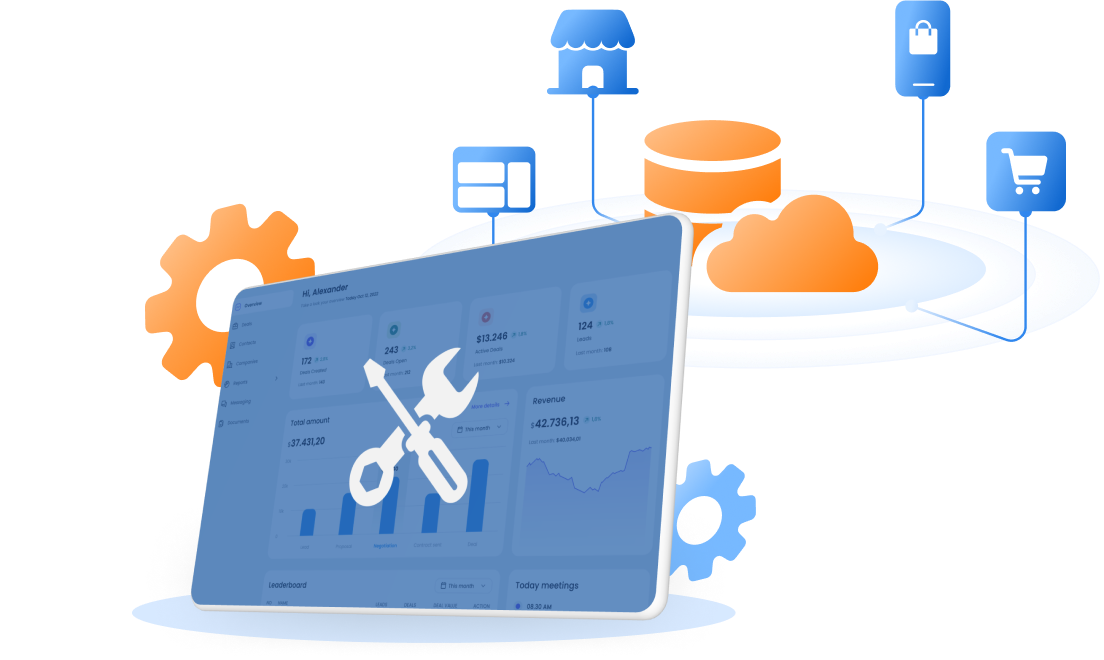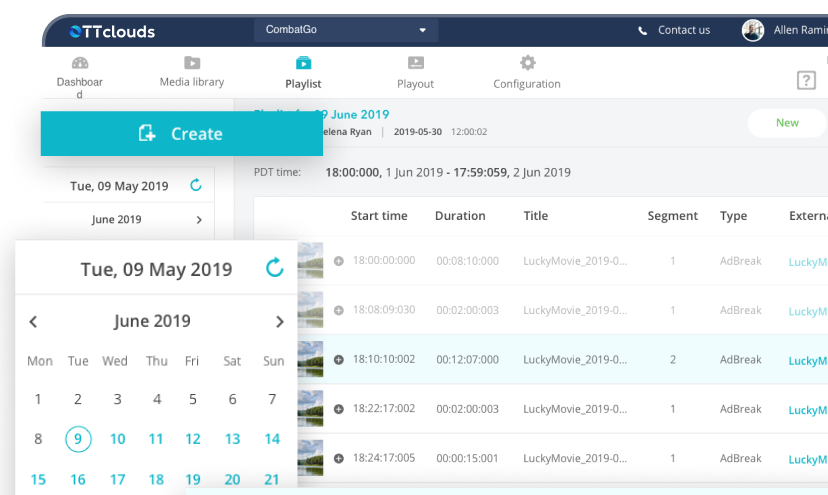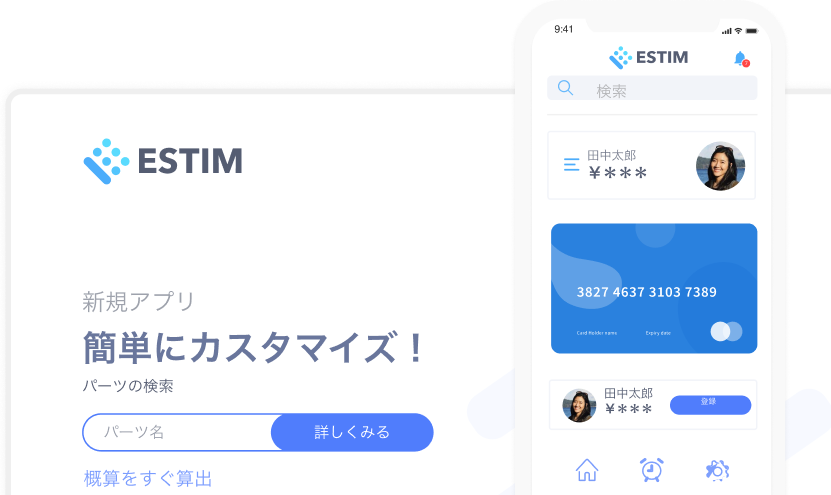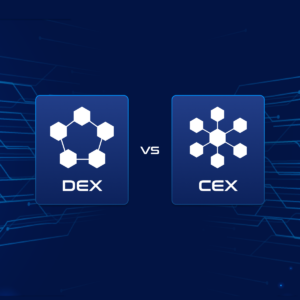Interesting things about Blockchain from a non-tech view perspective
29/03/2023
1.36k
Introduction
Blockchain – the keyword is popular in Covid-time as known as much along with cryptocurrency, however, that is not enough when talking about the purpose of Blockchain. So, what is this? does and how it impacts our business value in the future, and what we should prepare for now, that is much question we should clarify.
Let’s explore the Blockchain with me from a non-tech perspective
Blockchain definition & benefits

The definition of Blockchain is not a long story but that is not easy to understand, because some content has been defined in tech that we can’t think of as simple. That is why we are here just thinking about Blockchain without any technical content.
Looking back at some traditional businesses.
Finance industry

Present
Imagine a financial system or use it for existing purposes. However, printing how much, how, and whether that number is really accurate or not, can only be stored and reported on government databases.
Since this database is developed and operated by the host government, is the information really reliable? Whether there are problems related to editing, cheating occurs in the system or not?
That’s the problem, trust in published data is not really reliable, as it is stored entirely in a database and centralized in a national agency. So, if there is a technology that can make information more transparent, all money printing and publishing data cannot be edited, just like what was announced before. That’s what we’re looking for – Blockchain technology.
Solution
With Blockchain technology, we don’t just use the traditional database, we can publish the data which should be transparent with citizens into a blockchain database where anyone can scan the data and trust it.
We say trust means that anyone doesn’t need to verify or take care to audit this data because Blockchain technology is designed for truth and transparency.
The data will be published on Blockchain, and it isn’t only stored in one place, the data will be shared in all nodes in the Blockchain network with the same data and not editable.
We call it a decentralized database.
If you need to fix the wrong issue that you have published on the chain, you can only publish with new data. However, the old data is still present. Anyone who wants to see the change can do it.
We found the main key in this story: trust, transparent and decentralized database.
Retailing business

Present
In the retailing business, we still have many problems, one of which is the fake item and warranty cross country.
The root cause of a fake item or warranty is that the customer can’t identify the source trust of an item. The database of the item might be stored in headquarters and when the item has been distributed in another country, we have no way to verify that item or we can’t open the headquarter database for connection from the branch. So, that is a bad thing with a centralized system. And, Blockchain technology saves us a lot.
Solution
We think about the database as a decentralized system, and we want to make it more accessible in some places in the world. But, we also know that some security or policy does not accept it. And, how we can resolve this issue.
As designed, Blockchain technology highly respects security in its concept. Though that database is public and can be accessed in many places in the world, each node is managed by a physical machine system in one place.
In case one node has been attacked by a hacker, the data is still alive in another node and the hacker can’t edit anything on the chain. Because the data is shared with the same content between nodes and it always keeps syncing up anytime opens.
In this story, we can see the strengths of Blockchain are decentralized and open. However, being open does not mean that it is not secure.
That’s why we need to understand Blockchain Technology as much as possible and adapt to this can open new challenges in the future.
Your business
We don’t know you as much as your business issue. However, learning and adapting technology is highly recommended for business. If you need help, don’t forget to contact us.
Blockchain Technology is the new tech that might change when migrating from Web2 to Web3 ecosystem, and that technology is growing day by day.
What are the types of blockchain networks and how do businesses pick one?

Blockchain technology is designed for decentralized networks, however, depending on the Business model, we can pick one of these types to start.
We have four main types of Blockchain:
- Public blockchain networks are permissionless and allow everyone to join them. All members of the blockchain have equal rights to read, edit, and validate the blockchain. People primarily use public blockchains to exchange and mine cryptocurrencies like Bitcoin, Ethereum, and Litecoin.
- Private blockchain networks: A single organization controls private blockchains, also called managed blockchains. The authority determines who can be a member and what rights they have in the network. Private blockchains are only partially decentralized because they have access restrictions. Ripple, a digital currency exchange network for businesses, is an example of a private blockchain. If your business just wants to start with a private inside, we can look at it.
- Hybrid blockchain networks: combine elements from both private and public networks. Companies can set up private, permission-based systems alongside a public system. In this way, they control access to specific data stored in the blockchain while keeping the rest of the data public. They use smart contracts to allow public members to check if private transactions have been completed. For example, hybrid blockchains can grant public access to digital currency while keeping bank-owned currency private.
- Consortium blockchain networks: A group of organizations governs consortium blockchain networks. Preselected organizations share the responsibility of maintaining the blockchain and determining data access rights. Industries in which many organizations have common goals and benefit from shared responsibility often prefer consortium blockchain networks. For example, the Global Shipping Business Network Consortium is a not-for-profit blockchain consortium that aims to digitize the shipping industry and increase collaboration between maritime industry operators.
How to determine the cost?

The migration from the traditional system to the blockchain is very welcome if we identify the correct issue. However, the main thing that we also take care of is the cost of implementation and does it effectively after migration.
The cost will be calculated depending on many things listed here:
- The purpose and the features needed.
- Blockchain type and which platform we are targeting.
- Technology stacks.
- Especially the transaction count in the system.
- … and more.
Though we can’t provide exactly the cost, we are defined and broken it down into an estimation report and can consult if you are interested.
The following estimation includes the cost for:
- Analysis.
- Consulting.
- Development (Implementation and Testing).
- Delivery and maintenance.
- Cost for services in charge.
Based on the above conditional, we can provide the detailing of proposals based on your interest and help you closer than your expectation.
Conclusion

From a business perspective, Blockchain can really help us scale and solve the backlog problems in the business model.
Although it is not always advisable to apply technology in the business, being open in business, specifically here, sharing problems can help us find the best adaptive solutions and effective measurement instead of being subjective in the old model, because everything happens very quickly and if we do not adapt in time we can be left behind.
The main keys for Blockchain in this article are Decentralization, Immutability, Consensus, and Transparency. So, don’t miss anything to adapt to the blockchain when the new big things might come soon in Web3.


